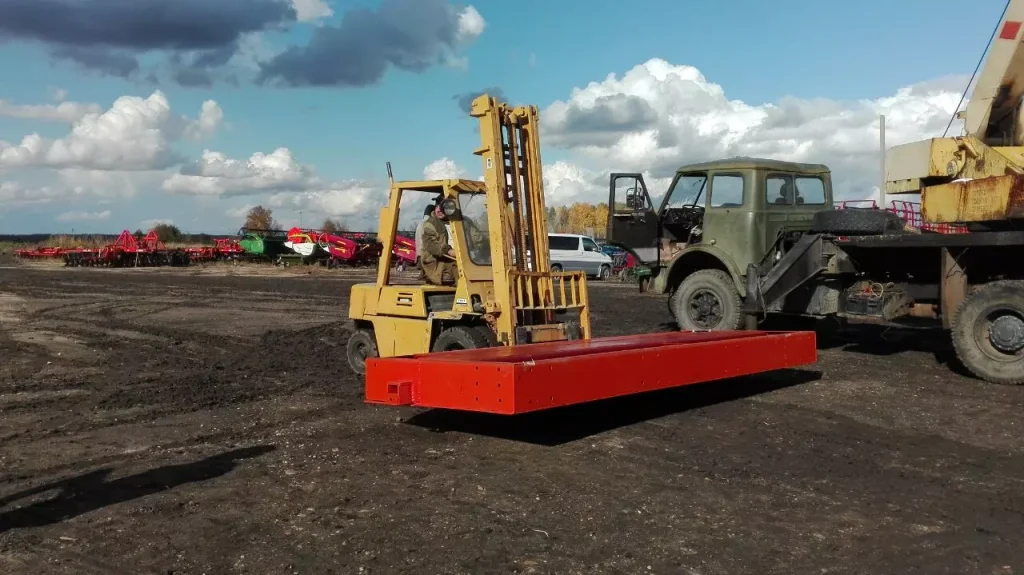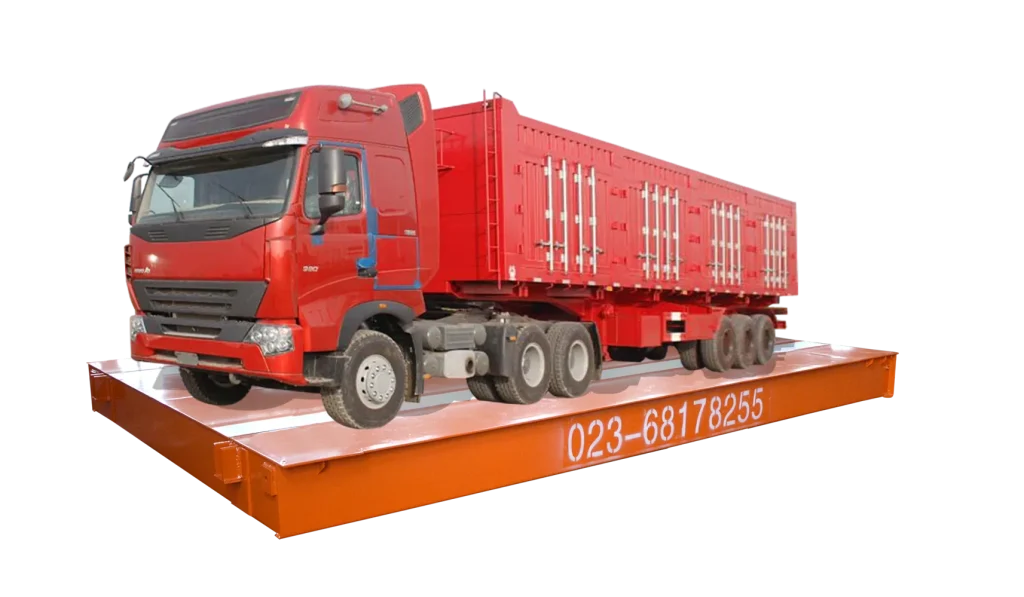4 Things You Need to Know about Automatic Weighbridge
In today’s fast-paced logistics world, efficiency is key. Automatic weighbridges are revolutionizing the way businesses track and manage weight, offering a streamlined and accurate solution. But how exactly do they work, and what are the advantages of using them? Let’s delve into the world of automatic weighbridges and explore four key aspects.
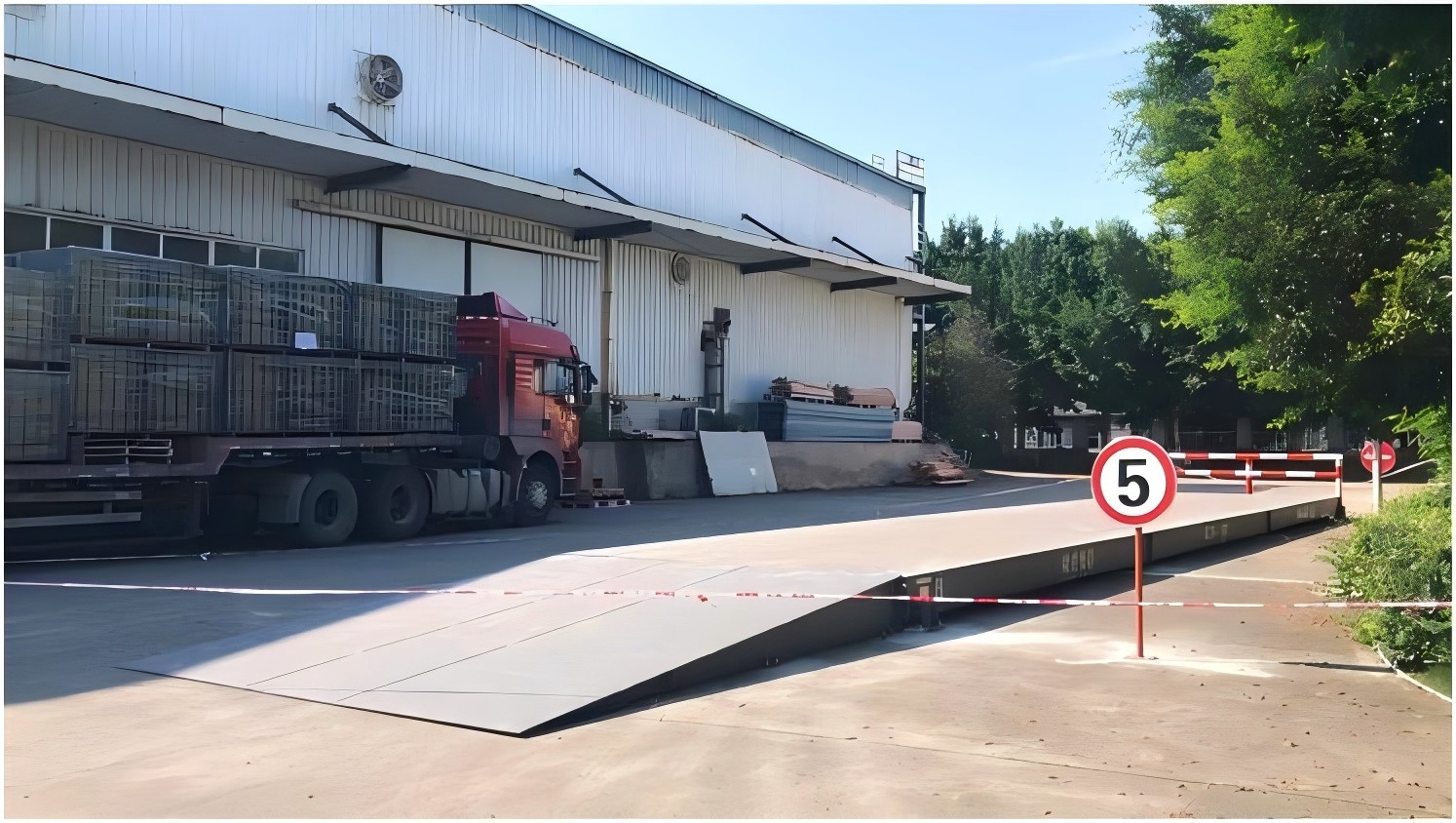
What Makes a Weighbridge Automatic?
The traditional weighbridge experience often involves an operator manually recording vehicle details, directing the driver onto the platform, and painstakingly entering weight data after the vehicle exits. Automatic weighbridges, on the other hand, leverage a suite of technologies to transform this process into a smooth, self-service experience.
At the heart of automatic weighbridge operation lies Automatic Vehicle Identification (AVI). This technology eliminates the need for manual data entry by identifying incoming vehicles. There are two main AVI technologies used:
- Radio Frequency Identification (RFID): Vehicles are equipped with RFID tags that emit a unique signal when they come within range of the weighbridge reader. This signal transmits pre-loaded vehicle information, such as license plate number and tare weight (weight of the empty vehicle), to the weighbridge software.
- Automatic Number Plate Recognition (ANPR): High-resolution cameras capture the license plate of the incoming vehicle. The ANPR system then uses optical character recognition (OCR) technology to extract the plate number and compare it to a database of authorized vehicles. This can also retrieve pre-associated tare weight information.
In addition to AVI, automatic weighbridges rely on a network of weight sensors embedded within the weighbridge platform. These sensors, called load cells, precisely measure the weight of the vehicle and its cargo as it traverses the platform. The weighbridge software receives the weight data from the load cells and, if applicable, combines it with the tare weight information retrieved from the AVI system. This allows the software to calculate the gross vehicle weight (total weight) and individual axle weights.
Generally, the weighbridge software acts as the brain of the entire operation. It processes data from both AVI and load cells, performs weight calculations, and often integrates with other logistics management systems. This integration allows for features like automatic generation of weight tickets, real-time updates to inventory management software, and seamless data transfer for regulatory compliance purposes.
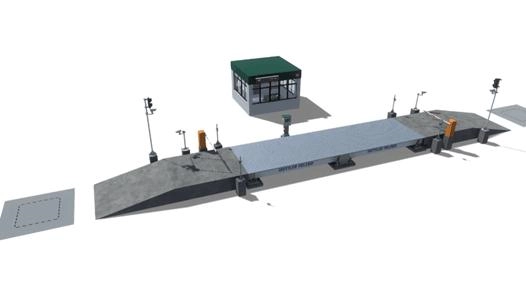
How Does Weighbridge Automation Work?
The smooth operation of an automatic weighbridge relies on a well-coordinated interplay of technology. Here’s a closer look at the steps involved:
The smooth operation of an automatic weighbridge relies on a well-coordinated interplay of technology. Here’s a closer look at the steps involved:
- Vehicle Entry: As a vehicle approaches the weighbridge, Automatic Vehicle Identification (AVI) systems take center stage. These systems can employ either RFID tags pre-attached to vehicles or license plate recognition (LPR) technology. RFID tags emit radio signals that are picked up by readers near the weighbridge, instantly identifying the approaching vehicle. LPR systems, on the other hand, capture images of the license plate using high-resolution cameras and utilize software to recognize the plate number. This identification process eliminates the need for drivers to stop and manually interact with a booth operator, saving time.
- Weight Measurement: Embedded within the platform are load cells, essentially high-precision sensors that measure the weight applied to them. As the vehicle drives onto the platform, the load cells capture the weight data for each axle and the entire vehicle itself. This data is then transmitted electronically to the weighbridge software for further processing.
- Data Processing: The weighbridge software acts as the brain of the operation, receiving the weight data from the load cells. It then performs crucial calculations, determining the weight of each axle and the total weight of the vehicle. In some cases, the software might also retrieve pre-loaded information about the vehicle based on the AVI identification. This could include details like the vehicle type, carrier company, or expected cargo.
- Data Recording & Integration: The collected and processed data doesn’t disappear after a single weighbridge pass. The software stores the weight data electronically, often including timestamps and the unique identifier obtained through the AVI system. This electronic recordkeeping ensures easy access to historical data and simplifies compliance with regulations that might require weight documentation. Additionally, the software can be integrated with other logistics management systems within a business. This allows for automatic weight ticket generation, updates to inventory management software, or seamless data transfer for further analysis.
By automating these steps, automatic weighbridges not only expedite the weighing process but also eliminate the potential for human error in data entry and weight calculations. This translates to faster processing times, improved accuracy, and valuable data insights for businesses.
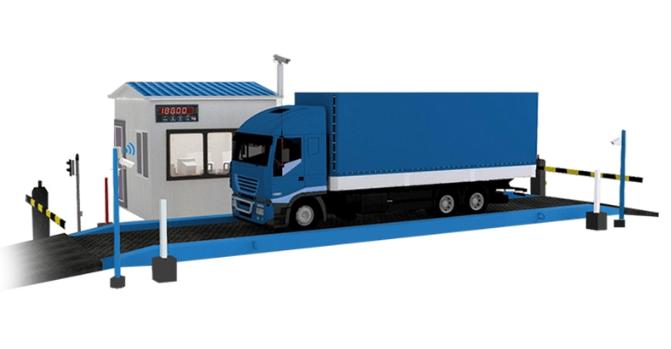
What are the Benefits of Using Automatic Weighbridges?
Traditional weighbridges can be a bottleneck in your operation, introducing delays and increasing the risk of human error. Automatic weighbridges offer a powerful solution, streamlining the weighing process and ensuring reliable data collection. Here’s a deeper dive into the benefits they bring:
Supercharge Efficiency
Automatic weighbridges eliminate the need for manual processes like vehicle identification and data entry. This translates to significantly faster throughput. Imagine a steady stream of vehicles pulling onto the weighbridge, automatically identified, weighed, and cleared to proceed – all within minutes. No more waiting for operators to be free, no more delays caused by manual data input. This translates into significant time savings, allowing you to process more vehicles per hour and keep your operation running smoothly.
Accuracy You Can Count On
Human error is a fact of life, and traditional weighbridges are susceptible to it. Manual data entry can lead to typos, missed information, or even intentional manipulation. Automatic weighbridges eliminate this risk entirely. By relying on sensors and software for weight measurement and data capture, they guarantee accurate and consistent results every single time. This not only ensures compliance with weight regulations but also provides you with reliable data for further analysis.
Enhanced Security and Peace of Mind
Automatic weighbridges go beyond streamlining the process. They also offer robust security features to protect your business. Integration with access control systems allows you to restrict unauthorized access to the weighbridge, deterring theft or tampering. Additionally, the electronic recording of all weighbridge data provides a clear audit trail, allowing you to track activity and identify any discrepancies. With an automatic weighbridge, you gain peace of mind knowing your operation is secure and your data is safe.
Data-Driven Decisions for Better Business
Automatic weighbridges aren’t just about faster and more accurate weighing. They also unlock valuable data insights. The electronic capture of weight data allows for easy storage, retrieval, and analysis. This empowers you to identify trends, optimize operations, and make data-driven decisions. For instance, you can analyze weight data to identify overloaded vehicles before they hit the road, preventing potential fines and safety hazards. You can also use weight data to streamline inventory management, optimize routes, and gain valuable insights into your overall logistics operations.
In essence, automatic weighbridges are an investment in efficiency, accuracy, security, and data-driven decision making. They represent a significant step forward compared to traditional weighbridges, offering a range of benefits that can transform your operations and empower your business to thrive.
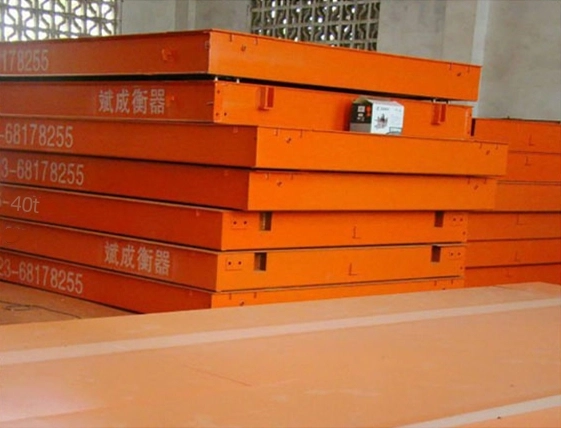
What are Automatic Weighbridges Applied for?
The versatility of automatic weighbridges extends across numerous industries, offering significant benefits for businesses seeking to streamline their weighing operations and gain valuable data insights. Here’s a closer look at some key application areas:
Logistics and Transportation
In the fast-paced world of logistics, accurate weight measurement is crucial for fair billing, optimizing load capacity, and ensuring compliance with weight regulations. Automatic weighbridges excel in this domain. As trucks enter the weighbridge, AVI systems automatically identify them, eliminating the need for drivers to stop and present paperwork. Load cells capture weight data with precision, and the weighbridge software calculates axle weights and total weight in seconds. This swift and accurate process minimizes delays, keeps freight moving efficiently, and ensures businesses are compensated fairly for the weight they transport.
Waste Management
The waste management industry relies heavily on accurate weight measurement for proper billing and adherence to waste disposal regulations. Automatic weighbridges play a vital role here. When waste collection vehicles arrive at the weighbridge, AVI systems instantly identify them. The weighbridge captures the weight of the incoming waste load, and the software can be programmed to automatically deduct the tare weight (weight of the empty vehicle) to determine the net weight of the waste. This efficient process ensures accurate billing for waste disposal services and helps waste management companies comply with regulations related to specific waste types.
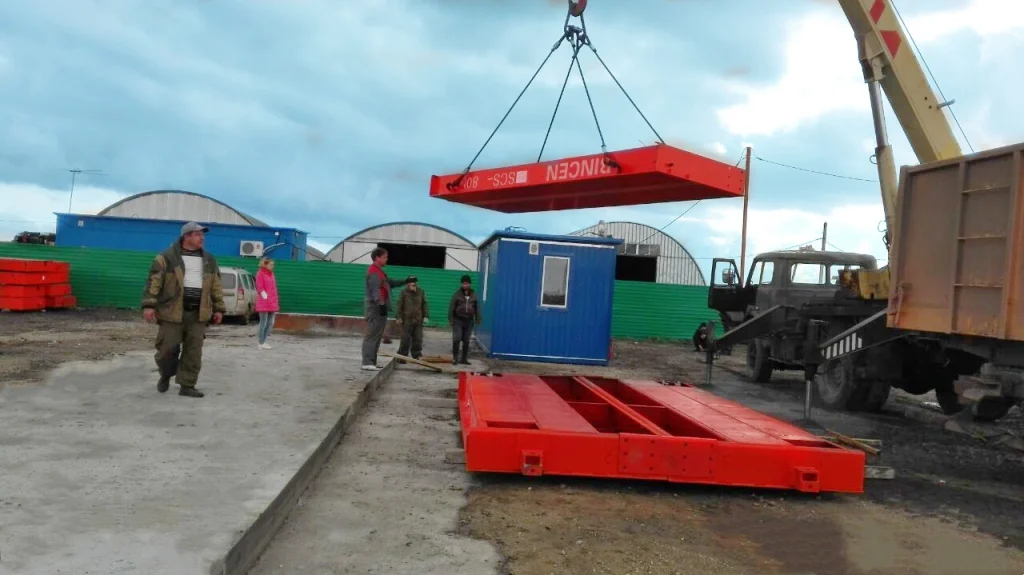
Construction
Precise weight measurement of construction materials is essential for accurate project costing, material allocation, and inventory control. Automatic weighbridges provide a valuable solution in this sector. As trucks carrying construction materials like sand, gravel, or concrete enter the weighbridge, AVI systems identify them. The weighbridge precisely measures the weight of the load, and the software can be integrated with project management systems to automatically update material quantities. This real-time data streamlines inventory management, minimizes material waste, and allows construction companies to maintain accurate project costing for better budgeting and profitability.
Recycling
The efficiency and accuracy of automatic weighbridges are crucial in the recycling industry. When recycling trucks arrive at the facility, AVI systems instantly identify them. The weighbridge measures the weight of the incoming recyclable materials, and the software can be programmed to differentiate between various material types. This allows recycling facilities to accurately track incoming materials for efficient processing and fair billing to suppliers. Additionally, the data can be used to optimize recycling processes and ensure compliance with regulations related to specific recyclable materials.
Agriculture
Accurate yield measurement and efficient sales transactions are key aspects of success in the agricultural industry. Automatic weighbridges offer a valuable tool for farmers. As agricultural products like grain or livestock are brought to the weighbridge, AVI systems can identify the farmer or the type of product. The weighbridge precisely measures the weight, and the software can be integrated with farm management systems to automatically record yields and generate sales receipts. This streamlined process saves farmers valuable time, ensures accurate yield data for informed decision-making, and facilitates efficient sales transactions.
Conclusion
Bincen automatic weighbridges are revolutionizing the way measure weight, offering efficiency, accuracy, and valuable data insights. By understanding the core functionalities, operation principles, and diverse applications of automatic weighbridges, businesses can make informed decisions about streamlining their weighing processes and optimizing their operations.

